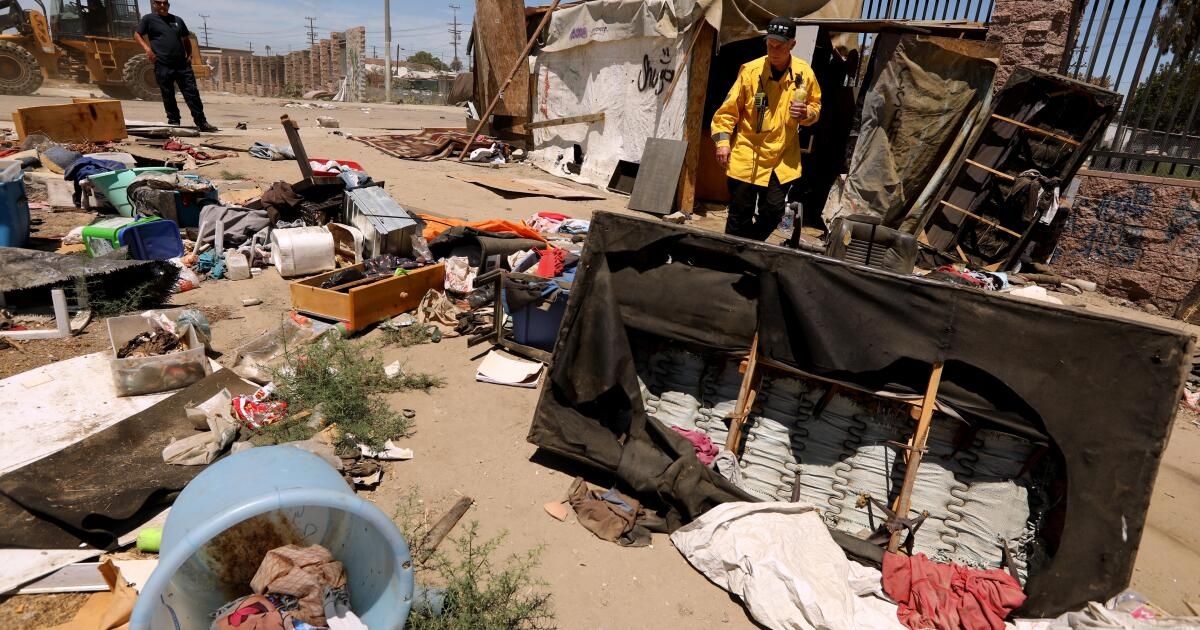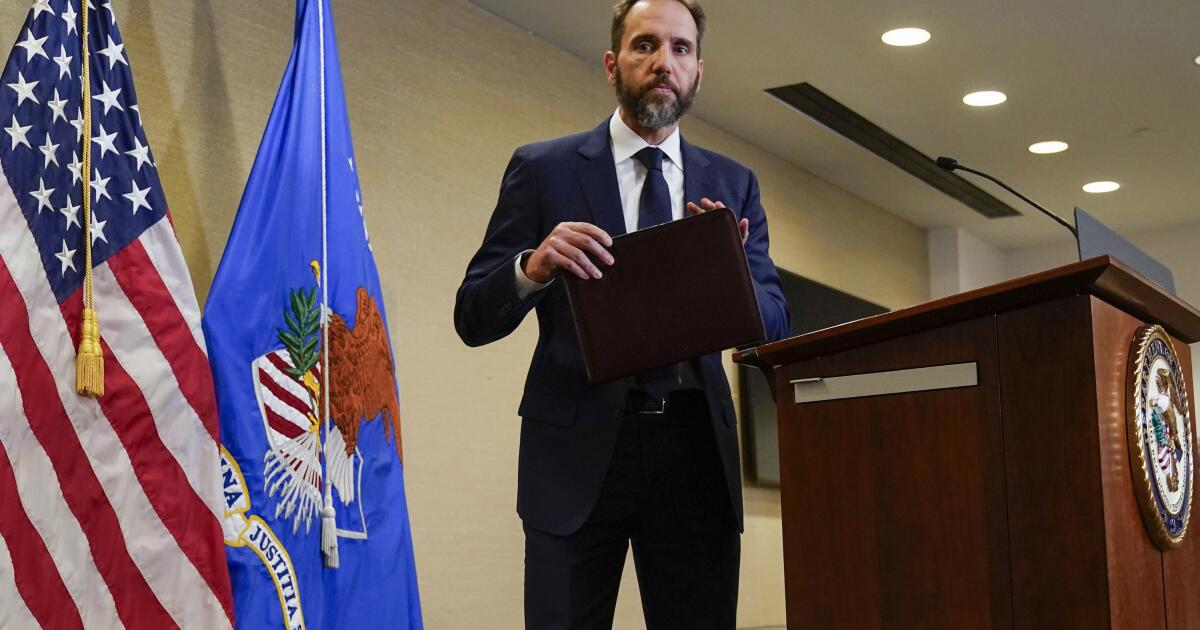To the editor: Does anyone believe that affordable housing will magically appear immediately because it is the solution? Why not issue city tents that would be the only address allowed on the sidewalks while tenants wait for housing or assistance programs? That cost would be a drop in the ocean.
Restrictions would still be in place regarding anti-camping ordinance 41.18 in limited locations. With an assigned tent, no one would be arrested or fined. The disorder created by using anything found to create shelter would no longer be permitted.
More immediate configurations need to be considered because the reality is that the real estate sector is not going to explode with thousands of units simply because it is the long-term solution.
Why not convene a creative team to find temporary solutions that allow us to cope with reality over a long period? Newcomers would have to have an official tent on the public road, thus eliminating those individuals who are expelled from other cities.
If you throw ideas at a wall, one might stick.
Nancy Freedman, Los Angeles
..
To the editor: Mayor Karen Bass and the Times editorial board appear to be overlooking a common-sense path to implementing the recent U.S. Supreme Court decision allowing cities to re-enforce camping bans on public property.
Under the City of Los Angeles’ current limited ban, which applies to schools, daycares, and other areas with vulnerable populations, many other residents are not protected. For example, two weeks ago, drug dealers parked their old pickup truck for several days in front of my neighbor’s house. Two of their customers began camping out on the driveway next to the pickup truck, about ten feet from my neighbor’s front door. This is simply intolerable in a civilized society.
The mayor (and The Times) should consider banning camping on public property altogether. The city should establish a procedure for slowly enforcing it, first exempting from liability all sensitive areas where bans are already in effect, six months later extending enforcement to all sidewalks, parks and alleys within 200 feet of homes, and then six months after that beginning to enforce the ban in retail commercial areas. In all cases, people being moved should be offered some form of shelter.
Over time, this would move homeless populations away from places where most of Los Angeles’ 4 million residents live, shop and recreate, while still leaving hundreds of miles of sidewalks where the camping ban would not apply until shelter resources caught up.
Mark Ryavec, Venice
The author is President of the Venice Stakeholders Association.












